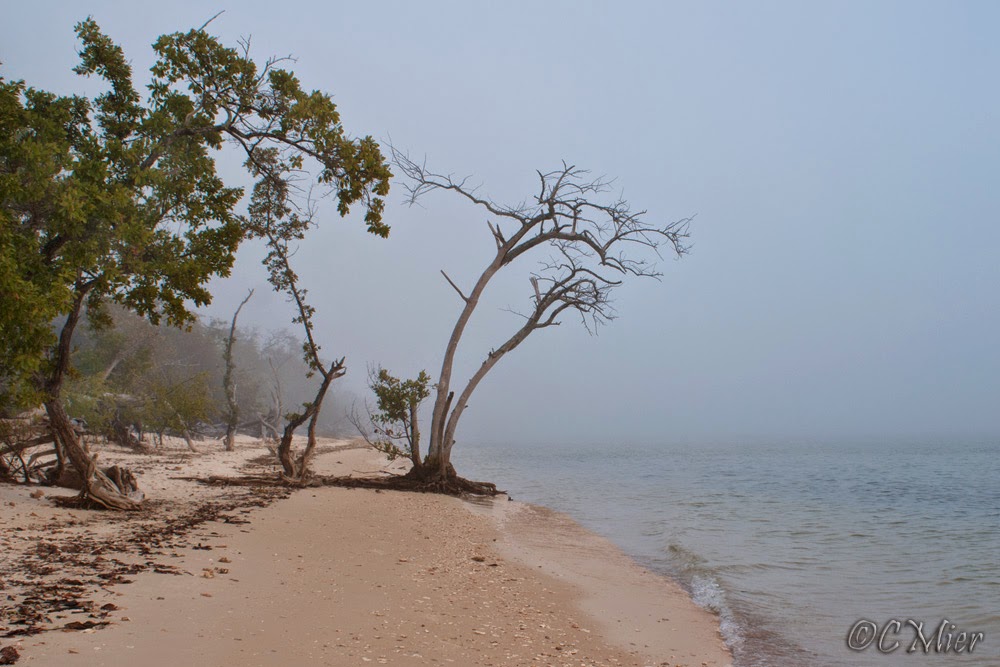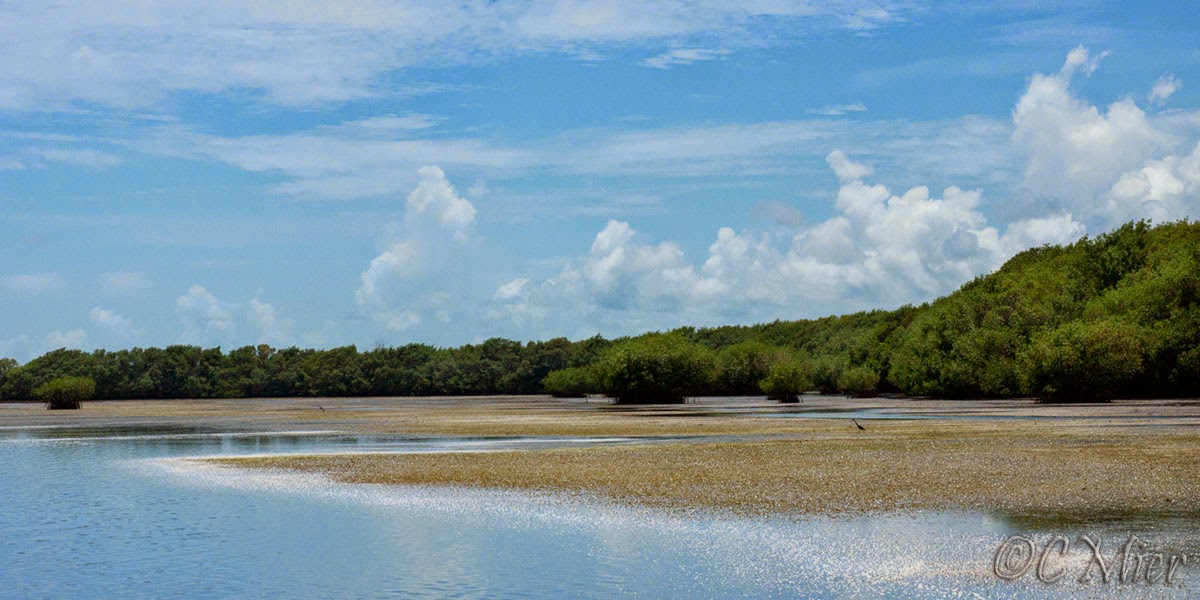It is in August when Vivian and I sit in our comfortable air-conditioned home when we began to plan our paddle trips through the Everglades, the longest one taken during the christmas/new year holidays. This is the trip we like to plan weeks in advance. Not that we have to, but because we are over the heat of the summer and so look forward to those cooler days of paddling and pleasant, bug-free (sometimes) evenings on a beach or in the backcountry. We have so much fun studying the tide charts and the maps and making our plans while the heat of the summer drags on.
Over the years, these trips have been the impetus for my photography. My inspiration comes from spending several days at a time exploring areas of the Everglades that only a handful of people have experienced in the same way. I have seen amazing things out there. There are special locations that take more than one day of paddling to get to where I have challenged myself to photograph as best I can knowing I may not return to that spot for a long time. The problem is that we often move every day, giving me little time to study a location and often times missing the best opportunities. Many times, I have to wait until the next year to get back to it and conditions may be very different. My paddling trip images are often taken "on the go", which is fine, because these images help me to remember my trips more easily.
But over the years, I have desired, no demanded to spend more time in one place. We call it base camping. Consequently, we have begun to include more base camping into our trips and even spend long weekends in one place. While I love paddling and covering the distance, it is during these base camping trips that I have been able to improve my photography of the Everglades because it gives me time to study the location under varying conditions.
This year, out of necessity (Vivian's recent back surgery) as well as desire, our long trips will include lots of base camping. Our trips will be lower mileage with fewer days of packing and unpacking. During our 10-day trip, we plan to visit only four or five campsites.
Part of my growth as a photographer is to experiment, learn from others, and try to see things in a fresh way as my skills improve. The Everglades is a great location for someone to learn photography because it could take more than a lifetime to see it all. This provides any photographer enough fodder to improve over the years. But having the luxury of going back to the same locations time and time again provides me a different kind of learning experience. Really? How many ways can one photograph the same lone mangrove or driftwood on the beach, or a bird for that matter? I aim to find out.


















































